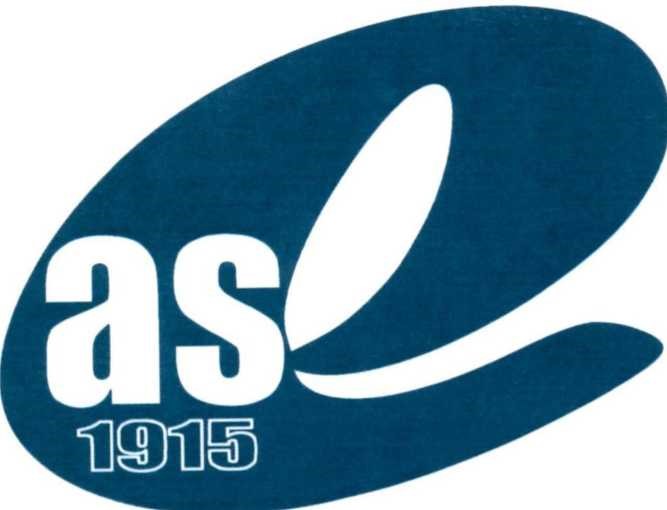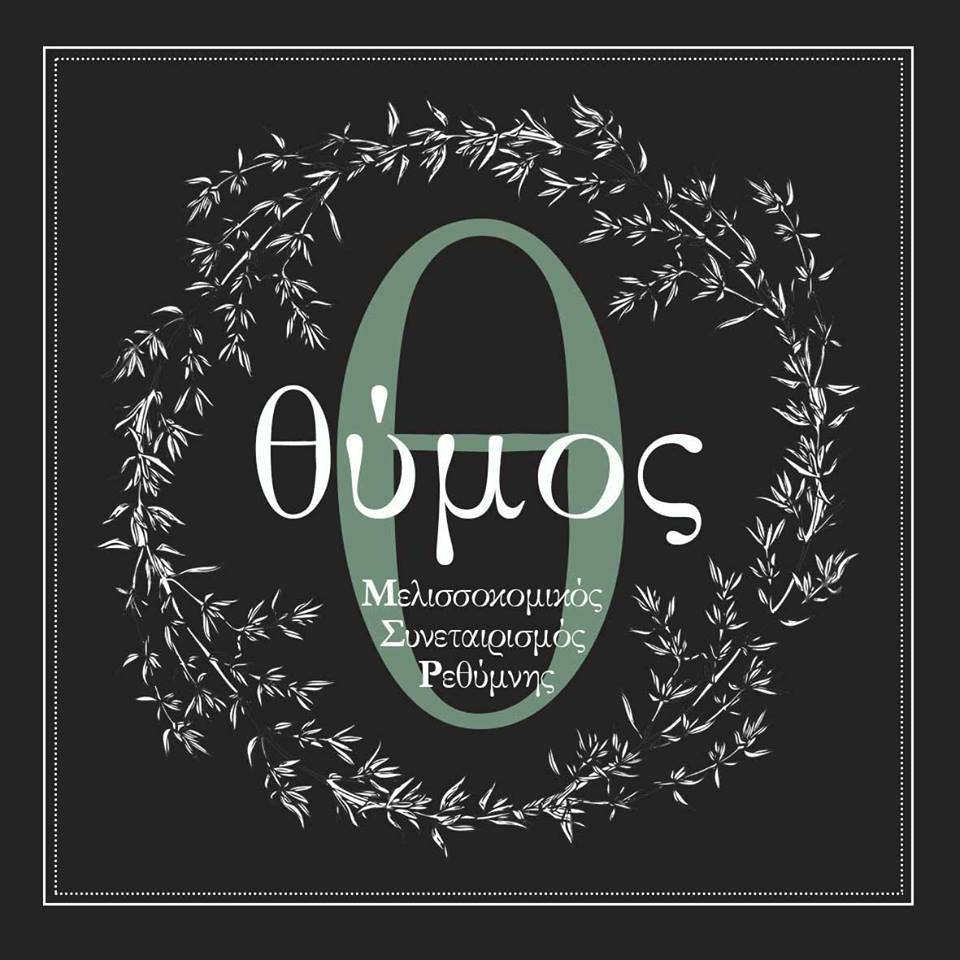THE FAITH OF THE PUREST BEESWAX

At the Monastery of Agia Moni in Kythera, a unique tradition continues: the art of candle making. Father Giorgis Adikimenakis, guardian of a craft that is slowly fading, creates with care pure beeswax candles — symbols of faith and continuity for the island's churches.
Our project highlighted this important tradition, connecting natural beeswax with spirituality, reverence, and the history of Kythera. For centuries, Kytherian beeswax was highly valued and sought after.
At Agia Moni, candle making is more than a craft — it is a prayer, a flame carrying tradition from one generation to the next.





This activity has been implemented as part of the initiative
TRADITIONAL BEEKEEPING WITH MOVABLE-COMB HIVES (ATTICA & KYTHERA)
With financial support and under the auspices of the Ministry of Culture

Auspices






The BEELOSOPHY team were provided with accommodation at The Windmill Resort and at Kythira Golden Resort and travelled in a car placed at their disposal by Panayiotis Rent a Car.
The Windmill Resort (Mitata, Kythera, T.: 2736 031029, www.thewindmillresort.com)
Kythira Golden Resort (Diakofti, Kythera, T.: 2736 033407, kythiragoldenresort.gr)
Panayiotis Rent a Car (Airport, Kythera, T.: 6973957306, panayotis-rent-a-car.gr)



